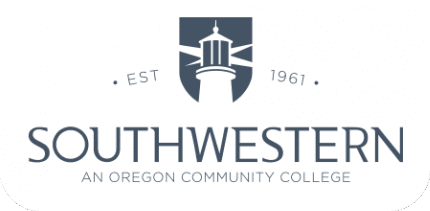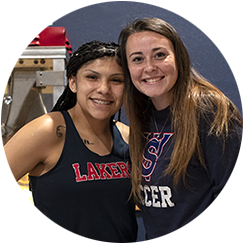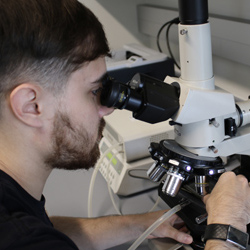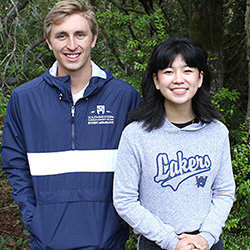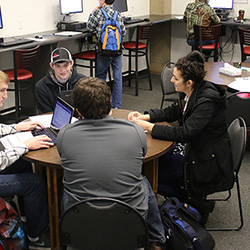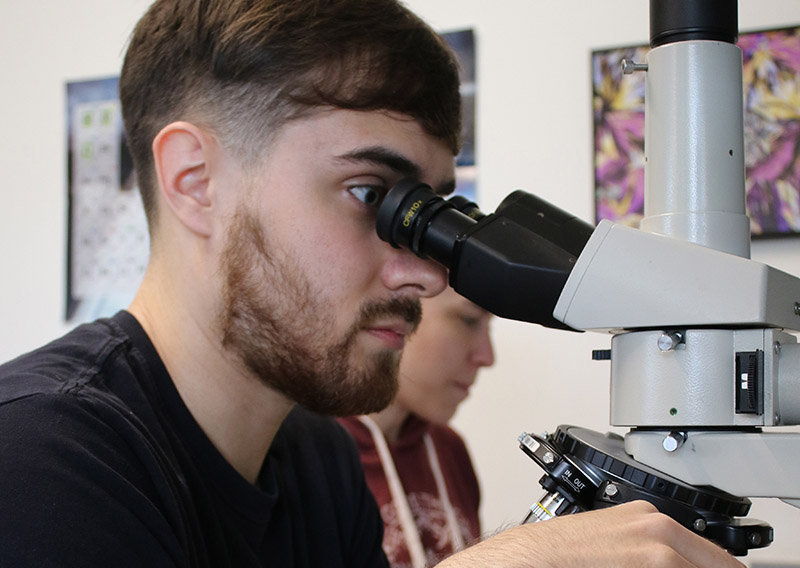
May 13, 2022 | Curry Campus, News
Coos Bay, OR – As our final Physics and Astronomy Lecture event of the 2021-22 academic year, Southwestern Oregon Community College will feature the research work done by our student researchers and staff during winter and spring terms. The symposium will be held Thursday, May 26, 2022, at 7 pm on the Coos campus (1988 Newmark Ave., Coos Bay) in Umpqua Hall room 184. Admission is free. We will livestream the presentations through our Physics and Astronomy livestream link for those who cannot attend in person: https://livestream.com/swocc/physicsandastronomy2021-22.
From discussions of growing plants under Martian conditions, to developing liquid crystal solar cells, hunting for asteroids and meteorites, and describing and exploring our interplanetary environment, our Southwestern student researchers have been conducting wide-ranging science investigations. Come hear the reports of their recent findings and next steps in their research.
These research projects were the result of student participation in Oregon NASA Space Grant Consortium (OSGC) funded opportunities. We are grateful for the continued support of OSGC and its many programs. To learn more visit: https://spacegrant.oregonstate.edu/.
For more information about this symposium, please contact Dr. Aaron Coyner, Associate Professor of Physics, at 541-888-7244, aaron.coyner@socc.edu. To learn more about physics and engineering degrees at Southwestern visit https://physics.socc.edu/.
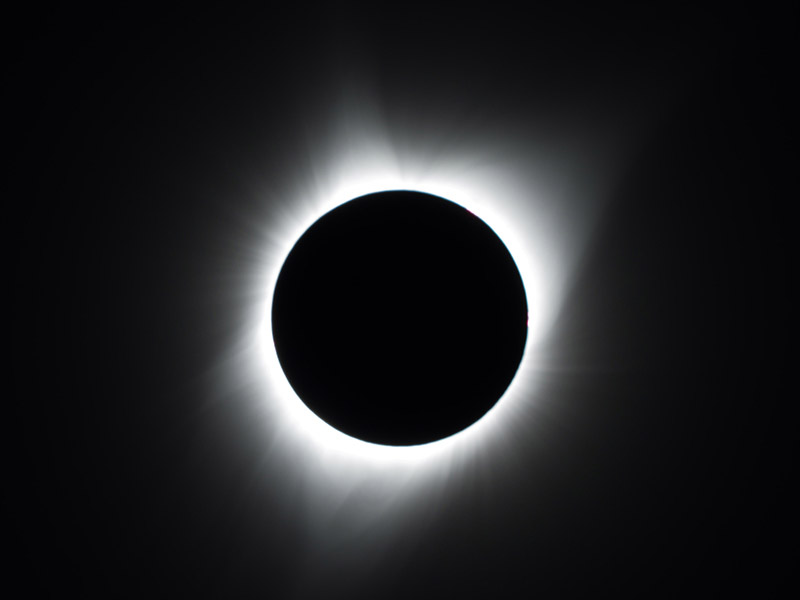
Apr 26, 2022 | Curry Campus, News
Coos Bay, OR – Southwestern Oregon Community College’s Physics and Astronomy Lecture Series welcomes Dr. Angela Des Jardins, Director of the Montana Space Grant Consortium and principal investigator of the NASA- and NSF-sponsored Nationwide Eclipse Ballooning Project (NEBP) to present “Exploring Eclipses at the Edge of Space” on Thursday, May 5, 2022 at 6:30 pm. The lecture can be accessed via Zoom at https://socc-edu.zoom.us/j/94390532783.
Dr. Des Jardins will provide insight into the science that can be learned observing eclipses from high-altitude balloons. She will recap some of the findings from the August 2017 total eclipse and look forward to the coming annular eclipse over Coos Bay in October 2023 and the total solar eclipse across central North America in April 2024.
On August 21, 2017 student teams across the country sent special balloons 100,000 feet into the atmosphere, sending live video of the total solar eclipse from the edge of space to the NASA website and TV. In addition, students conducted scientific studies of the atmospheric effects of the eclipse. The 2017 eclipse ballooning accomplishments spurred student-led, ground-breaking scientific campaigns in Chile during the July 2019 and December 2020 total solar eclipses. Dr. Des Jardins will discuss previous NEBP results, show fantastic eclipse footage, and highlight student opportunities for the upcoming 2023 and 2024 solar eclipses.
The Physics and Astronomy Lecture Series is sponsored in part by the Southwestern Oregon Community College Foundation.
For more information about this lecture and future events, please contact Dr. Aaron Coyner, Associate Professor of Physics, at 541-888-7244, aaron.coyner@socc.edu. To learn more about physics and engineering degrees at Southwestern visit https://physics.socc.edu/.
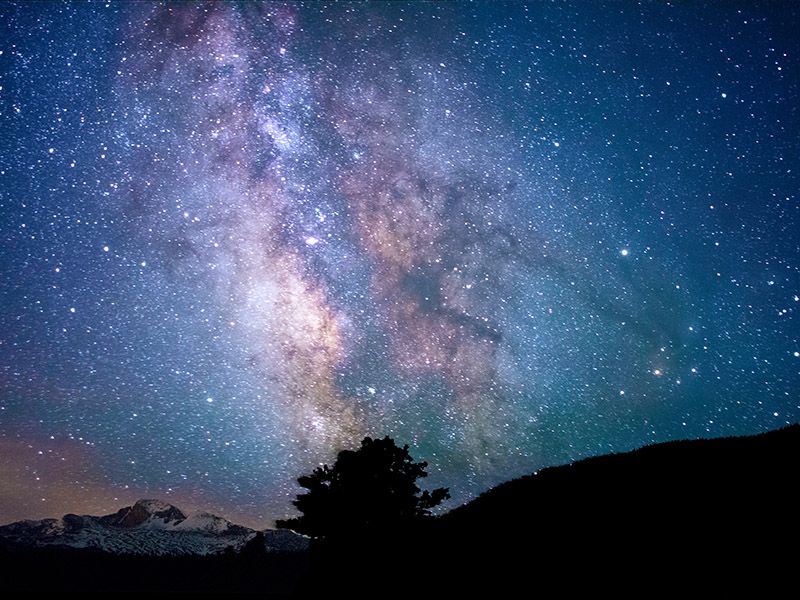
Apr 15, 2022 | Curry Campus, News
Coos Bay, OR – Southwestern Oregon Community College’s Physics and Astronomy Lecture Series welcomes Dr. Tonia Venters with her lecture “Illuminating the Extreme Cosmos through Astoparticle Astronomy”. This will be a virtual lecture to provide insight into astroparticle astronomy. The lecture will be at 5:30 pm on Monday, May 16, 2022, and will be streamed live via our website here: https://livestream.com/swocc/physicsandastronomy2021-22.
Dr. Venters is a research astrophysicist at NASA Goddard following academic studies at Rice University and the University of Chicago. Dr. Venters shares this description of her talk:
For ages, astronomy has relied on light in order to learn about the universe, but light isn’t the only cosmic messenger. Recent developments have brought about the dawn of an exciting new era of multi-messenger astronomy, a discipline that combines observations in gravitational waves and astroparticles, as well as light, to get a more complete picture of the universe and the astrophysical systems within it. Of the different messengers, perhaps the most mysterious are two of the astroparticles: cosmic rays and neutrinos. Cosmic rays are the messengers of the most extreme accelerators in the cosmos; however, efforts to identify their origins have been thwarted for over a century due the fact that they don’t point back to their sources.
On the other hand, even though neutrinos do point back to their sources, individual sources have yet to be confidently identified. In this talk, I will provide an overview of the recent developments in multi-messenger astronomy and then focus on the particular challenges of cosmic-ray and neutrino astronomy. Finally, I will set the stage for next generation facilities that will shed light on the universe through astroparticle astronomy.
For more information about this lecture and future events, please contact Dr. Aaron Coyner, Associate Professor of Physics, at 541-888-7244, aaron.coyner@socc.edu. To learn more about physics and engineering degrees at Southwestern please visit https://physics.socc.edu/.

